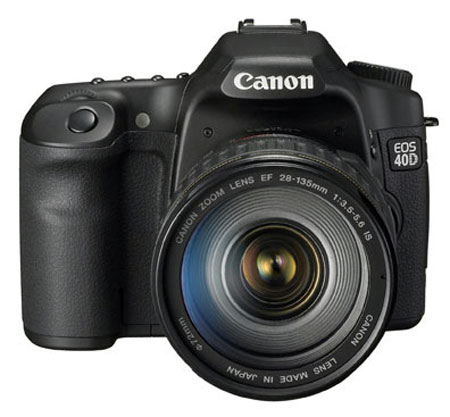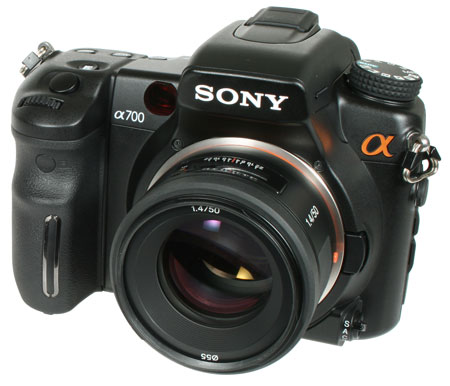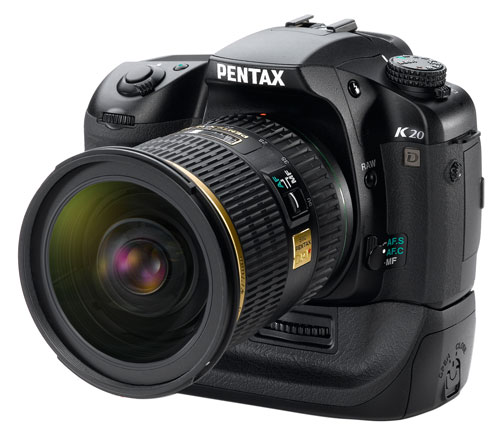How does Noise Reduction Work?
If you have ever looked closely at the lower noise images from a Nikon or Canon camera, you will notice that lower noise at high ISO is something of a balancing act. Low noise is normally achieved at the expense of loss of detail in high ISO images. The low-noise appearance is the result of smearing and softening details and sharpness, and the effectiveness of the noise reduction is really very subjective. It is a balancing act between sharpness on the one hand and noise on the other. It is even more complicated than this as noise reduction can be applied in both Chroma and Luminance dimensions and the impact of each is different. However, in the end noise reduction is always a balance between loss of detail and visible noise.
There have been many software noise reduction software programs in recent years, but most have left us with the impression that it was just as easy to live with the noise as it was with the soft smeared images of noise reduction software. Perhaps this is the result of viewing the effects of noise reduction software on Canon and Nikon digital images. As some review sites point out endlessly, Canon and Nikon understand high ISO noise and they do a good job with in-camera JPEG processing of reaching a compromise between noise and sharpness. Conversely, these same review sites endlessly point out that Sigma, Pentax, and Olympus (until recently) have noise problems and don't correctly process images. Olympus has apparently seen the noise processing light since recent Olympus model JPEG images are actually now sharper and lower noise at high ISO speeds than the RAW images captured under the same conditions. We have seen this ourselves, and so have several other respected camera review sites.

As explored in the Digital Sensor, one great appeal of the CMOS sensor over the CCD is the ability to combine noise reduction and other processing on the sensor itself. Canon has enjoyed this advantage exclusively until recently, and Canon has also been widely praised for the exceptional low-noise of their high ISO images compared to every other manufacturer in that period. The fact is Canon has used noise reduction in processing RAW and JPEG files on their image sensors. Now Sony and Nikon are doing the same in the D300 and A700 model CMOS sensor.

Sony engineers had to be scratching their head when they saw recent reviews of the A700 that screamed about noise-processing in their RAW images. The Nikon D300 is the same sensor that has noise reduction built onto the sensor just as Canon CMOS sensors do. We suppose Sony got the temper tantrum because they weren't Nikon, and because they were not as subtle as Nikon in their discussion of sensor technology. Also, in fairness to the noise reduction complaints in some reviews, the supporting Sony BIONZ processing was not very subtle compared to the EXSPEED circuitry used by Nikon. Sony has subsequently refined their post processing with firmware upgrades to the A700.

Regardless, the fact remains that Canon, Nikon, Sony, and Olympus all likely employ noise reduction in the creation of their RAW files with their CMOS sensors, and certainly they do so in the conversion to JPEG files. Sigma uses almost no noise reduction in their file conversion, and Pentax uses very little noise reduction in their in-camera JPEG processing, which is why Pentax reviews always suggest shooting RAW. The Pentax image-processing software (Silkypix) and Photoshop RAW processing certainly do employ more noise reduction than Pentax does in-camera, and thus yield better appearing images at high ISO.










61 Comments
View All Comments
GoSharks - Thursday, July 31, 2008 - link
I agree that the box is a horrible test subject. dpreview's (for one example) shots of a grey patch, and then multiple crops of a high detail image are excellent for showing the level of noise AND detail that exist at each ISO setting. The box only gives you the level of noise, which is only half the story.marokero - Monday, July 28, 2008 - link
Was the photog shooting through the windows inside a grounded helicopter?I've been shooting with a D3 since February, and I've been getting images that were just "not doable" below ISO 6400 without a flash - and a flash would've ruined the moment. Yes, David Black could've used a slower shutter speed and lower ISO to get the same exposure, but would he have been able to freeze the hockey action at 1/125s and ISO 800? I seriously doubt it.
I surely would like more manufacturers to implement some of Foveon's X3 layered tecnology in their future sensors, but not at the cost of reduced light sensitivity. Noiseware, Noise Ninja, Neat Image... they all do a fine job of cleaning up noise, but they do not do miracles.
peroni - Monday, July 28, 2008 - link
Sorry Wesley but this article should be withdrawned, the quality is not on par with the rest of this site articles.p.s.
In nearly all the pictures you have posted the originals look better.
Deadtrees - Monday, July 28, 2008 - link
The selling point of Sigma cameras are their sharp/full-of-detail images yet the reviwer thinks it's better to smear all of those in favor of low noise. That's just stupid.If he buys a Ferrari, he'd cripple the engine for the sake of low noise, then talk about how great it is to have low noise on Ferrari.
pepsimax2k - Monday, July 28, 2008 - link
is that dido on the main page pic?woohoo *wins award for least geeky anandtech post in, ohh, 5 minutes?*
Deadtrees - Monday, July 28, 2008 - link
1. That D3 ISO 6400 sample image has shutter speed of 1/1000. Even Nikon D70 or Canon A350 that are known for high noise would only show minimal noise when it's shot in the bright area.Don't get me wrong, I'm not saying D3 low-noise/high-ISO sucks. D3, without a doubt, shows the least noise out of all the cameras in market. However, showing ISO 6400 image with shutter speed of 1/1000 and saying 'look at this low noise in ISO 6400' is simply wrong. Hell, I can even show you low-noise ISO 1600 images with D70 so you can talk about how D70 shows very little noise.
2. "However, many incorrectly criticize Sony, for instance, on their "heavy" image processing in the A350. Canon and Nikon also heavily process images in-camera; they just make slightly different choices in their processing algorithms."
That's because, as you know, Sony kills noise in favor of detail and they do it way too much. What good is 14.2MP when it's crippled; in other word, you don't get to see the advantage of 14.2MP when the ISO goes up as the noise processing algorithm kills most of the details. Again, Canon and Nikon doesn't smear images as Sony does.
3. Either your expectation is too low or my expectation is too high, but Imageware creates really smeared images just like Sonys'. Well, if you are a fan of watercolor-like or plastic-like pictures that shows the least detail, I guess Imageware is all good. But....really....pictures processed with Imageware really look terrible.
Given that, I hope you don't waste your money getting quality lenses. You'd be fine with lenses made with window glasses.
Wesley Fink - Monday, July 28, 2008 - link
I suppose we will all have to chide Nikon for their obvious stupidity. The Hockey image was supplied by Nikon as an example ISO 6400 image in their D3 launch kit.Deadtrees - Monday, July 28, 2008 - link
No, the problem is you saying 'Look at this image! it's ISO 6400 and shows so little noise!'Some1ne - Monday, July 28, 2008 - link
It completely ruins all the detail in all the photos that include bodies of water. Seriously, in the Noiseware processed one you can't see any of the ripples/waves/other details in the water anymore. Terrible!Ratinator - Monday, July 28, 2008 - link
Has anyone heard anything about when Kodak is going to release their new filter that was discussed about a year ago mentioned here http://www.dpreview.com/news/0706/07061401kodakhig...">http://www.dpreview.com/news/0706/07061401kodakhig...